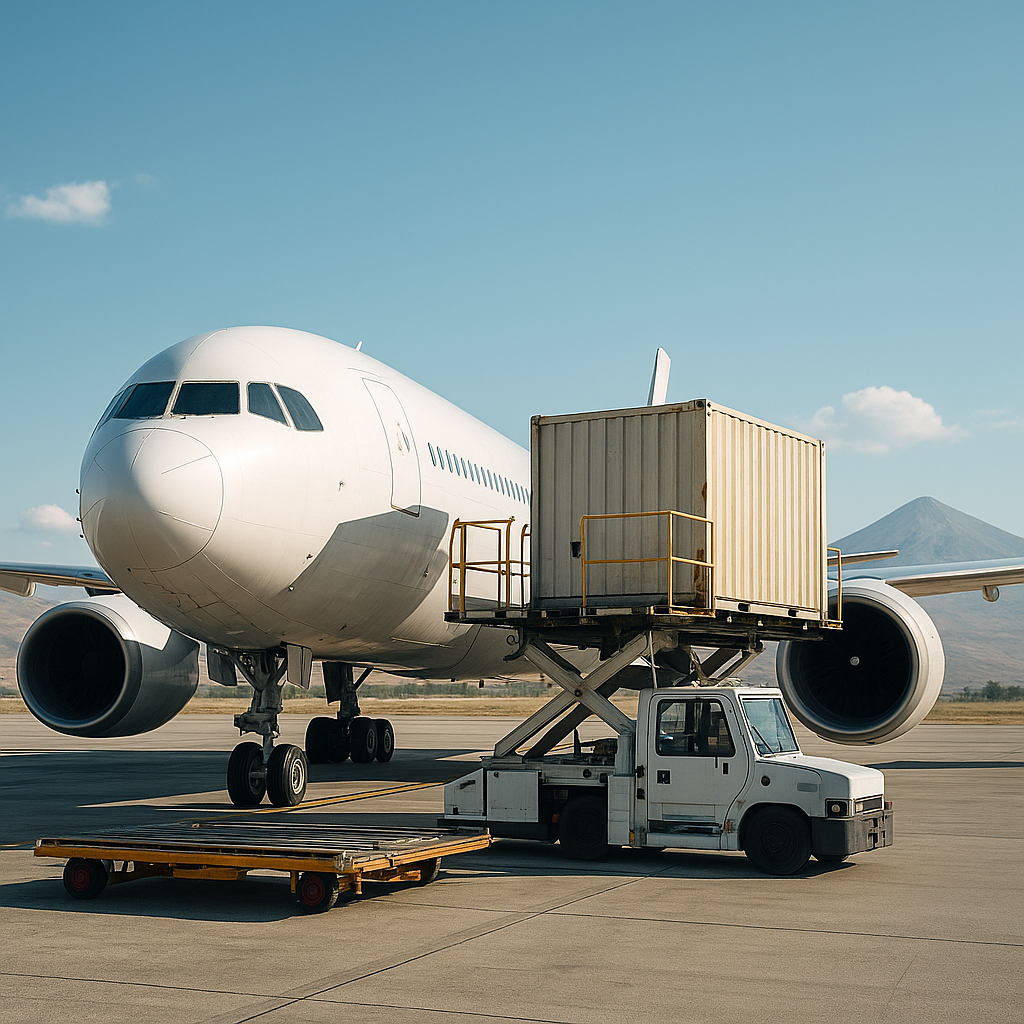As global trade continues to shift toward speed and precision, direct air freight corridors between Europe and smaller but strategically located economies are gaining momentum. The route between Belgium and Armenia is one such example — underpinned by logistics efficiency, growing infrastructure, and rising demand for high-value and time-sensitive goods.
- A Route Built on Efficiency
Belgium’s Liège Airport has become a leading European cargo hub, operating 24/7 and handling more than 1.4 million tonnes of freight annually. Its direct access to international routes and absence of congestion make it ideal for time-critical shipments to emerging markets.
Air Freight from Belgium to Armenia leverages this infrastructure to connect exporters with a fast-growing destination in the Caucasus.
- Armenia’s Role in Regional Trade
Though landlocked, Armenia has steadily expanded its logistics capacity. Yerevan’s Zvartnots International Airport now supports a wide range of commercial and cargo operations. With a population of approximately 3 million and a GDP growing year-on-year, Armenia is investing in aviation, road, and customs modernization to improve trade flow.
The country also benefits from preferential trade agreements with the EU, EAEU, and neighbors in the Middle East — making it a versatile entry point for multi-directional supply chains.
- Strategic Benefits of Air Freight
Shipping by air reduces lead times from weeks to days, particularly important for sectors like technology, pharma, and fashion. It also minimizes risks tied to border delays or transit damage.
For companies seeking a flexible and fast export route, air freight remains a critical component of a responsive supply chain strategy.
Sponsored Content
